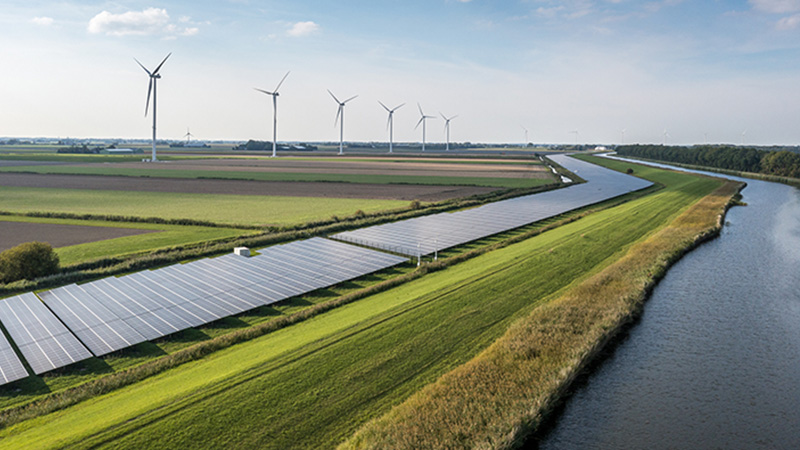Narendra Modi and the Bharatiya Janata Party (BJP) are widely expected to spark investment-led growth, ramping up bullishness on one of the major emerging markets. With the BJP taking the biggest political mandate in 30 years, reforms are likely to be pushed through relatively quickly, accelerating economic and investment opportunities.
Positive sentiment means that the country is currently standing out from the Asian investment crowd, but viewpoints differ depending on the investors, as to whether or not to start snapping up India-specific stocks.
Encouraging signs
Modi’s mandate could invigorate India, according to Craig Botham, emerging markets economist at Schroders.
“There is an investment bottleneck to clear, fiscal consolidation will be important, and central bank governor Raghuram Rajan is keen to move to inflation targeting. A majority for the BJP greatly reduces the need for compromise and could mean that we see reforms pushed through relatively quickly.”
He added that over the longer term, inefficiencies in the land and labour markets must be addressed, as well as the tricky issue of foreign investment.
Samir Patel, lead portfolio manager of Hermes Global Emerging Markets Fund, is overweight in India.
“Following the election, valuations of certain stocks in India look more attractive,” he said.
He sees potential in the tech sector, where he recently increased the exposure of the fund, adding HCL Tech and Tech Mahindra to the portfolio.
“India moved faster than expected,” Patel noted. “Elections are a great concern for the market. Once they’re out of the way, the emerging growth story continues.”
Challenges
Clearly there are challenges ahead for India as the country continues to battle long-standing inflation, low job growth and stalled investments.
“Higher new orders led a marginal rise in the PMI for India in May to 51.4 from 51.3 in April,” Jan Dehn, head of research at Ashmore Investment Management, said.
“However, Indian companies suffered from power shortages. This illustrates one of the major challenges faced by the new Modi administration, namely how to expand and modernise India’s inadequate infrastructure.”
Kenneth Lowe, portfolio manager at Matthews Asia, is exercising a cautious approach for the moment. While he is positive on economic growth for the country, he currently does not have any Indian stocks in the portfolio and is waiting to see post-election action.
“It’s been tricky to find companies at the right valuation. We prefer not to get caught up in the euphoria. While we are positive on the growth outlook, we are not adding stocks before Modi takes action. Valuations are stretched,” he said.
Investors could, however, take an altogether different approach, according to Bestinvest research team leader Simon Moore.
“There are many individual areas in India where the political elite have preferences in policies. Depending on the relations of politicians, we may not see a big change from the top down to grassroot levels,” Moore commented.
One option is to play it through emerging market stocks. Here big global brands such as Unilever are more expensive to buy in India than in developed markets.
“Instead of buying local companies, investors could buy cheaper Western-listed stocks that have exposure to the emerging market,” Moore said.
“Hindustan Unilever stocks are more expensive than Unilever stocks on the London stock exchange. The same goes for Procter and Gamble, where you can buy the stock cheaper in the US than in India.”
Choosing a strategy
India is shimmering on the horizon but uncertainty still blurs investor confidence. While some have identified prospective winners such as growing tech companies, others are waiting to see what impact the new government will have on the economy. Aside from the out or in option, there are other ways of accessing potential by buying multinationals with exposure to India’s markets on a European or US stock exchange. It all depends on how quickly and successfully Modi pushes through economic reforms. In the long-term, India most likely offers profits but for the moment, most investors remain cautious on short-term developments.










